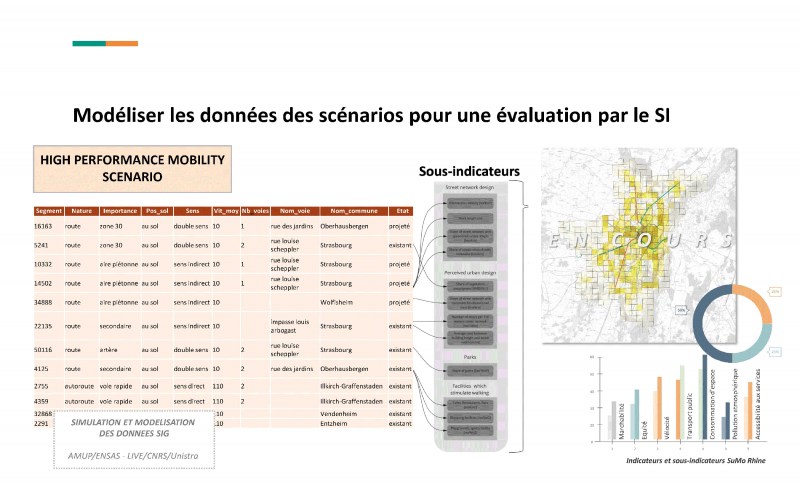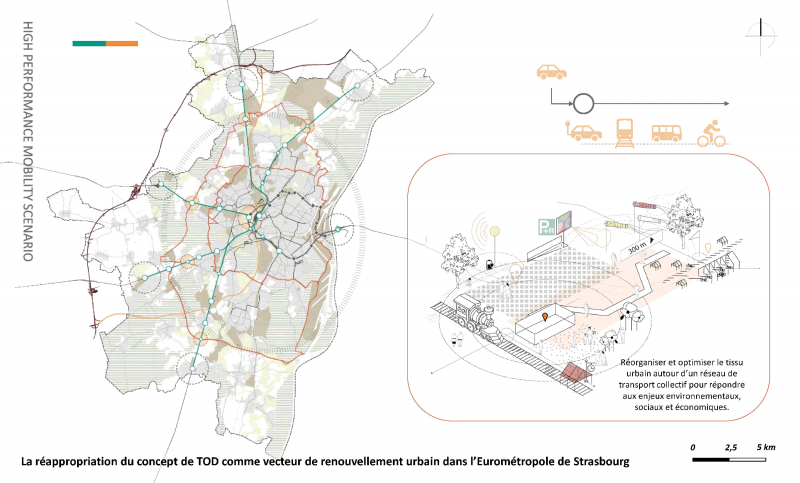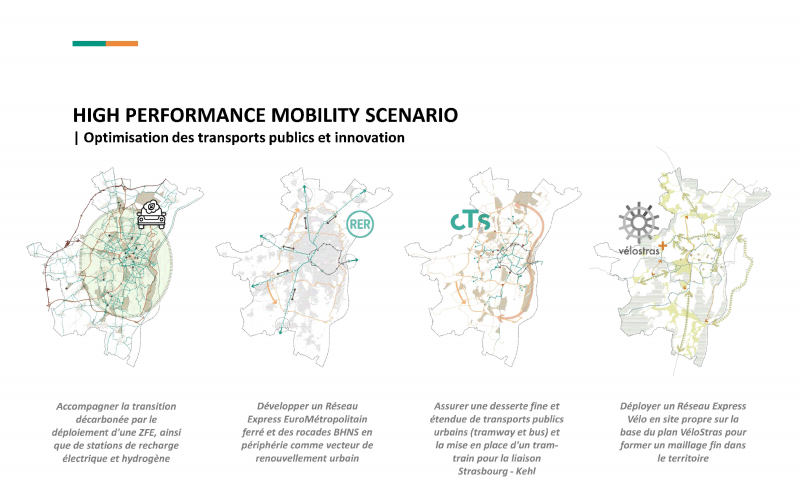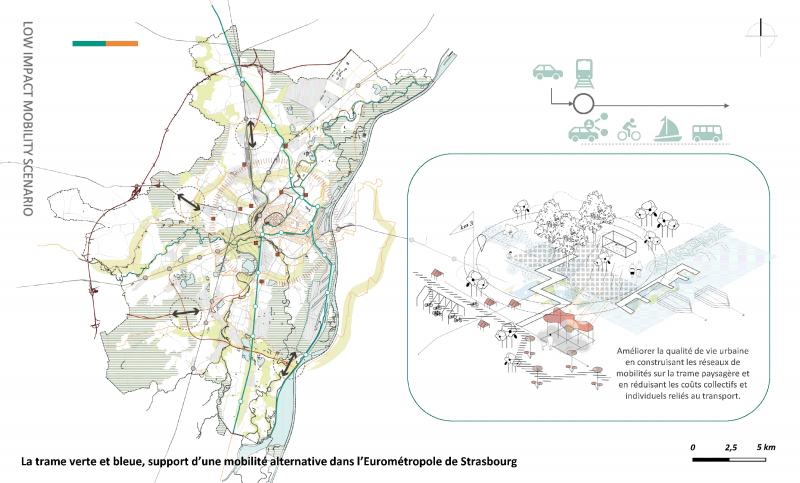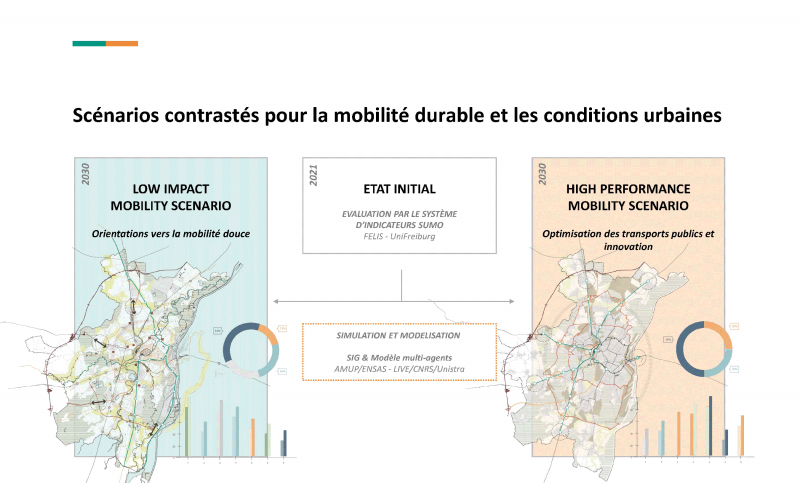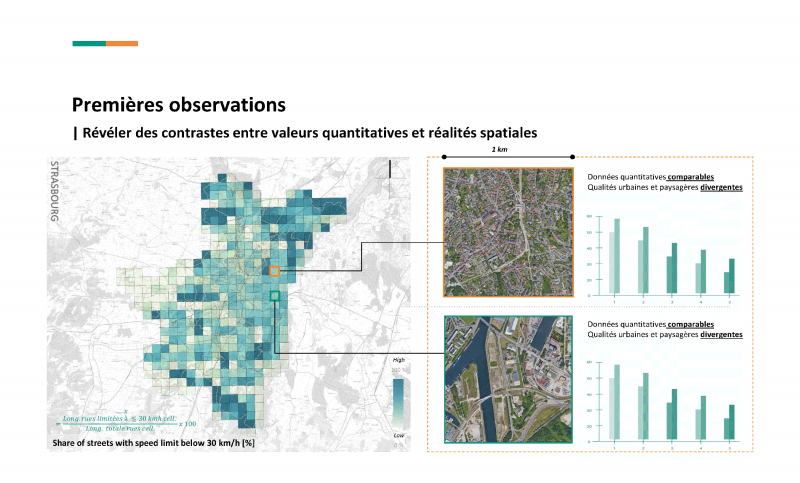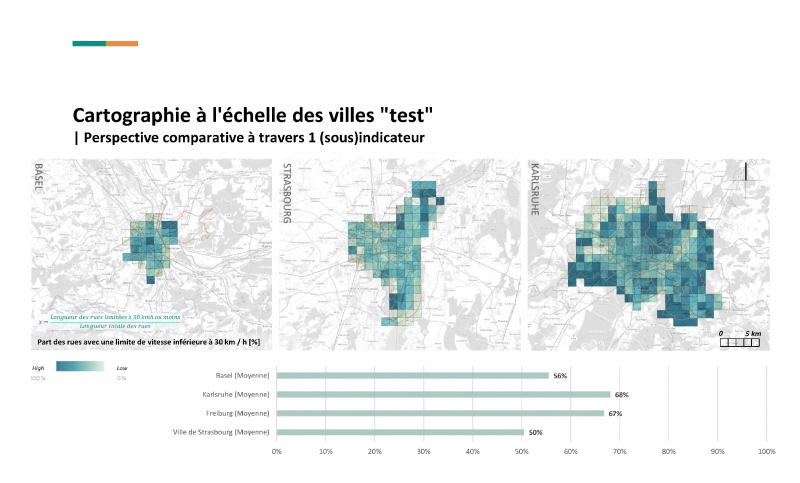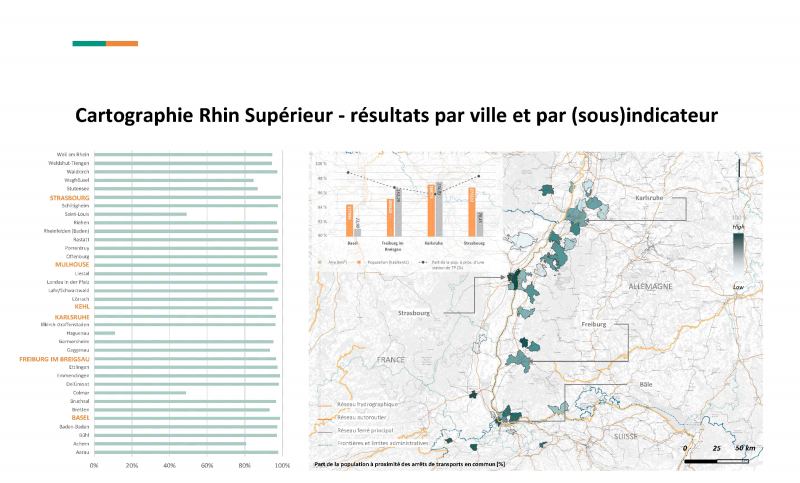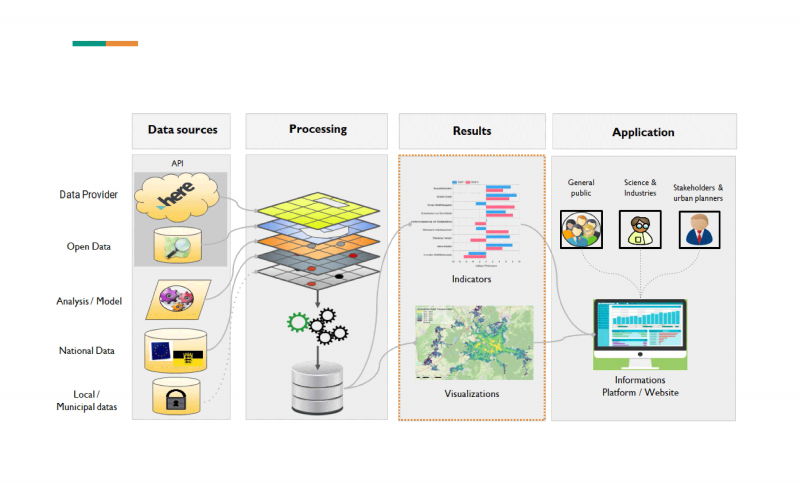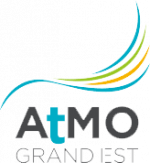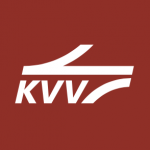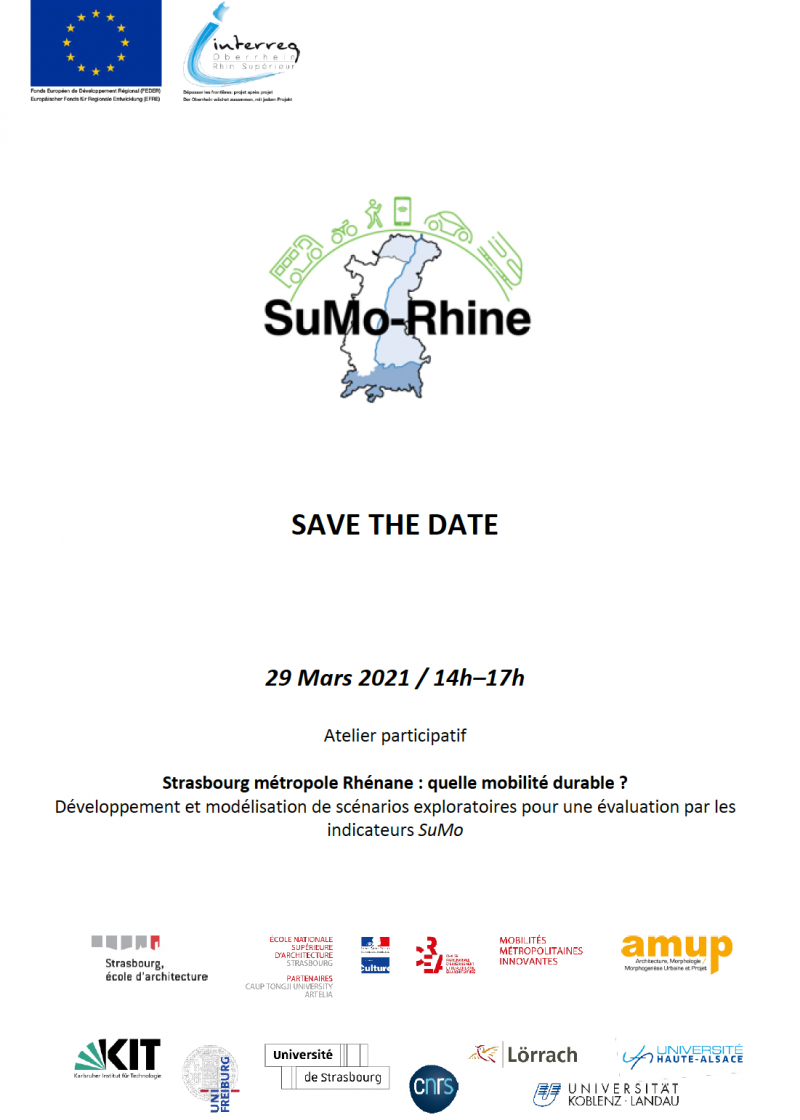
SuMo Rhine
In the context of environmental crisis and transition, transforming and adapting transport systems appears necessary. But the difficulties of designing sustainable mobility are all the greater as perceptions of mobility change from one country to another. In the SuMo Rhine project, sustainable mobility concepts should not stop at national borders. The aim of the project is to comprehensively analyse and evaluate existing cross-border transport systems in the Upper Rhine region in order to develop a new "decision support system". The latter provides access to sustainable mobility indicators to identify the potential for improving low environmental impact transport services and to increase the market share of alternative transport modes more precisely than before. Launched on July 1, 2018 for a period of three years, the programme "SuMo-Rhine - Promotion of Sustainable Mobility in the Upper Rhine Region" emphasizes cooperation and multi-disciplinarity of scientists from both sides of the Rhine for the development of strategies and concepts to support cities and municipalities in the Upper Rhine region in the establishment and development of sustainable cross-border transport systems.
Within the framework of this research program, the Innovative Metropolitan Mobily Chair has participated in different tasks aiming at both verifying and testing this new indicator system on current mobility spaces and on its application in a prospective approach. In a first axis, the ENSAS research team worked on the construction of the "SuMo Atlas" resulting from the results of indicators and sub-indicators of the indicator system developed by FELIS-UniFreiburg. It gathers different types of visualizations and spatializations of these assessments for the Rhine cities, from the Upper Rhine scale to the municipalities themselves and with various representations (aggregated on municipal limits, 1000 x 1000 m or 100 x 100m grids). The objective is to observe a territory through the spectrum of different indicators. This work makes possible to build a documentation on the indicators but also on the studied territory. These results will eventually enrich and enlighten the work of the departments in charge of mobility both in the identification of strengths and weaknesses and add a comparative perspective with other cities of the Upper Rhine, and in particular on cross-border territories such as Strasbourg-Kehl or Basel-St. Louis.
In parallel, the Chair's research team has developed two exploratory scenarios for the Rhine Metropolis of Strasbourg to better understand the interactions between urban space, mobility planning policies, and changes in behavior by 2030. The scenarios are deployed within the administrative boundaries of the Strasbourg Eurometropolis. The first scenario, "Low Impact Mobility", is oriented towards active mobility and low-impact transport modes and is positioned more in a post-growth context. It is based on major changes in mobility practices, lifestyles and also production. In the dynamics of urban renewal or even the requalification of the city on the city, it reinterprets the city-nature balance by even seeking to reverse pre-existing logics. It is a scenario that relies on territorial strengths such as the hydrographic network to support a new Eurometropolitan River Network, and on topographic conditions that reinforce of active mobility in connection a new landscaped system of parks to be created.





